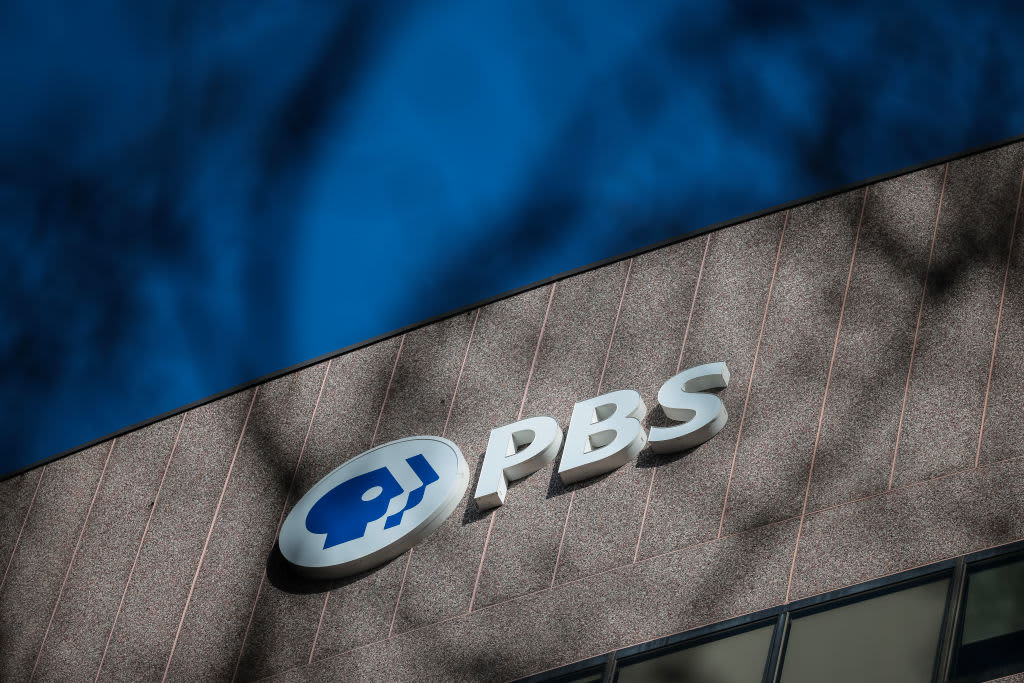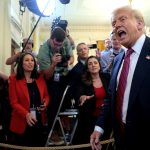
Over the past month, the Trump administration has plunged into a contentious legal battle with two stalwarts of American public media: the Public Broadcasting Service (PBS) and National Public Radio (NPR). This confrontation erupted after an executive order from President Trump directed federal agencies to halt funding to these public broadcasters, sparking heated debates over governmental authority, media freedom, and the future of public media in the United States.
The executive order, signed in late April, boldly accused PBS and NPR of peddling “left-wing propaganda,” branding their content as biased and partisan. This was no mere rhetorical jab—it specifically commanded the Corporation for Public Broadcasting (CPB), the private nonprofit channeling federal funds to public media, to immediately discontinue all financial support. To put this in perspective, the funding at stake amounts to roughly half a billion dollars annually, sustaining about 1,500 public media stations nationwide. This includes iconic programs such as PBS’s NewsHour, pillars in the landscape of non-commercial, independent news.
The Trump administration justified this drastic cut with claims that the broadcasters’ editorial slant was unfair and politically motivated. The intent, they argued, was to stop taxpayer dollars from subsidizing outlets perceived as adversaries. Yet PBS, NPR, and many critics fired back with legal challenges arguing the order crossed constitutional lines. They contend this move is a clear violation of the First Amendment, protecting free speech and a free press. The lawsuits paint the order as a retaliation against dissenting voices—a viewpoint discrimination dressed up as governance, wielded like a sharp-edged censorship tool.
One flashpoint in the legal confrontation is the president’s removal of three CPB board members, which plaintiffs say was a deliberate ploy to dismantle the board’s quorum and cripple its operation. The CPB board’s role is more than bureaucratic window dressing—it oversees governance and funding decisions central to public broadcasting’s survival and independence. Undermining this board smacks of an overreach, violating statutes and constitutional safeguards designed to keep public media shielded from political interference. This is not just administrative nitpicking; it’s a battle over whether public media can remain a nonpartisan forum or risk becoming collateral damage in partisan wars.
Beyond legal wrangling, this conflict confronts a broader existential question: What future is there for public media in America? Since its inception, CPB funding has enjoyed bipartisan congressional support, a rare and telling sign of public consensus on the value of independent, non-commercial journalism. PBS and NPR have nurtured an essential space for educational, cultural, and insightful programming that commercial media often neglects. They serve communities across the nation, especially those underserved by private broadcasters. The proposed funding cuts do more than reduce budgets—they potentially rob millions of Americans of access to vital news and diverse viewpoints, deepening information deserts in areas crying out for reliable reporting.
Public media leaders have not minced words in their opposition. PBS President and CEO Paula Kerger condemned the executive order as “blatantly unlawful,” criticizing its timing and political motives. NPR and affiliated stations labeled the move as “textbook retaliation,” warning it chills journalistic independence at a moment when the need for rigorous, unbiased news is more critical than ever. These suits don’t merely seek to restore funding; they assert essential constitutional protections preventing government officials from weaponizing federal resources to silence critics.
This clash epitomizes a recurring theme in the Trump administration’s tenure: fraught relations with institutions seen as opposing forces. It highlights a tension at the heart of democratic governance—how to balance the eradication of perceived bias or wastefulness with safeguarding the foundational liberties integral to an open society, such as a free and pluralistic press. Trump’s fight to defund public media reflects an administration willing to push the boundaries of presidential power, risking collateral damage to democratic norms.
In the end, the legal and political storm ignited by the executive order is far more than a dispute over public broadcasting’s budget. It’s a seismic struggle over free speech, media plurality, and the proper limits of executive authority. PBS, NPR, and their allies insist the order infringes on constitutional protections and exceeds presidential bounds—a claim with substantial support from legal experts. How this saga unfolds will affect not only public media but also the health of democratic dialog in America. Until then, the fallout from this funding war will reverberate, exposing the fragile line between oversight and authoritarian impulse, and reminding us all that some bubbles are worth fighting to keep from bursting.







